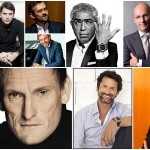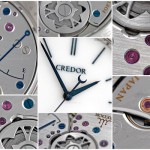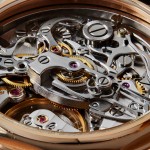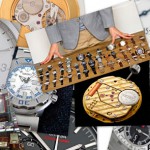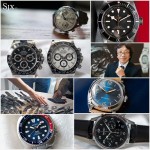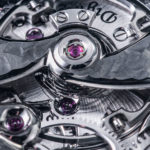Year in Review: Our Best Stories of 2023
A deeper insight into the world of watchmaking.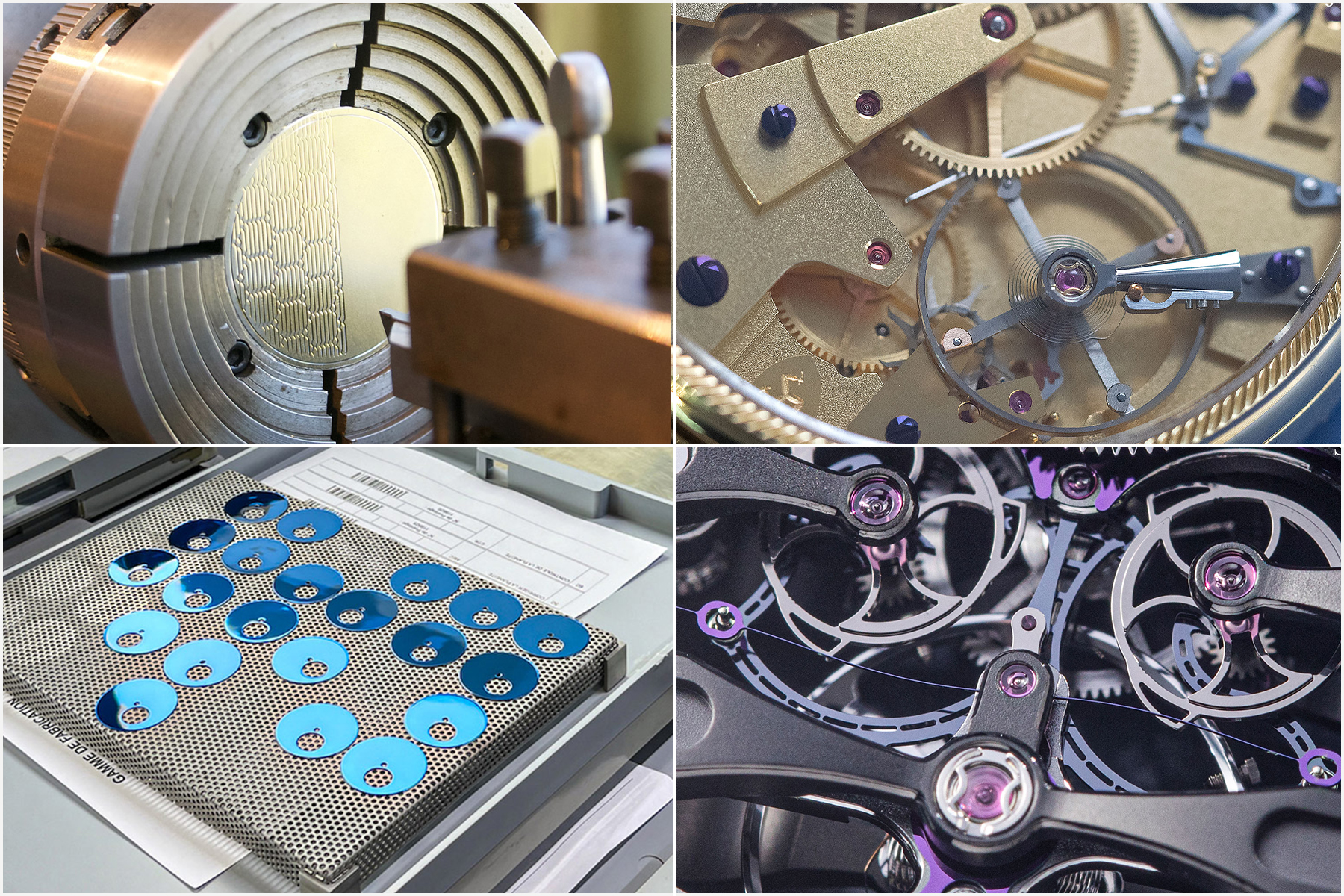
Reflecting on the past year, we are proud of the stories we have shared. We extend our gratitude to all our readers for their support. As the year comes to an end, we revisit some of our standout content from 2023, which range from deep dives behind complex movements to enlightening conversations with influential figures in the watch industry.
A better understanding of complexity
Reflecting a key focus of the site, amongst the year’s best stories were those that went deep into the technical details of complex movements. These stories went beyond mere close-up photos and often incorporated illustrations to reveal fascinating mechanics.
One highlights was the meticulous examination of the Daniels co-axial escapement, a modern landmark designed by the late English watchmaker George Daniels. But despite being a major invention of 20th century watchmaking, contributor David Ichim revealed the co-axial escapement might have evolved from a long-forgotten design invented in the 19th century by little-known American watchmaker Charles Fasoldt.
In a similar vein, our technical editor Richard Lee wrote extensively on the intricacies of a landmark 21st century invention, the Girard-Perregaux Constant Escapement. Conceived by Nicolas Déhon, this patented double-wheel escapement boasts a built-in constant force mechanism, and was made possible only with advances in materials technology. The innovation underwent a significant update this year with the introduction of the new and improved Neo Constant Escapement.
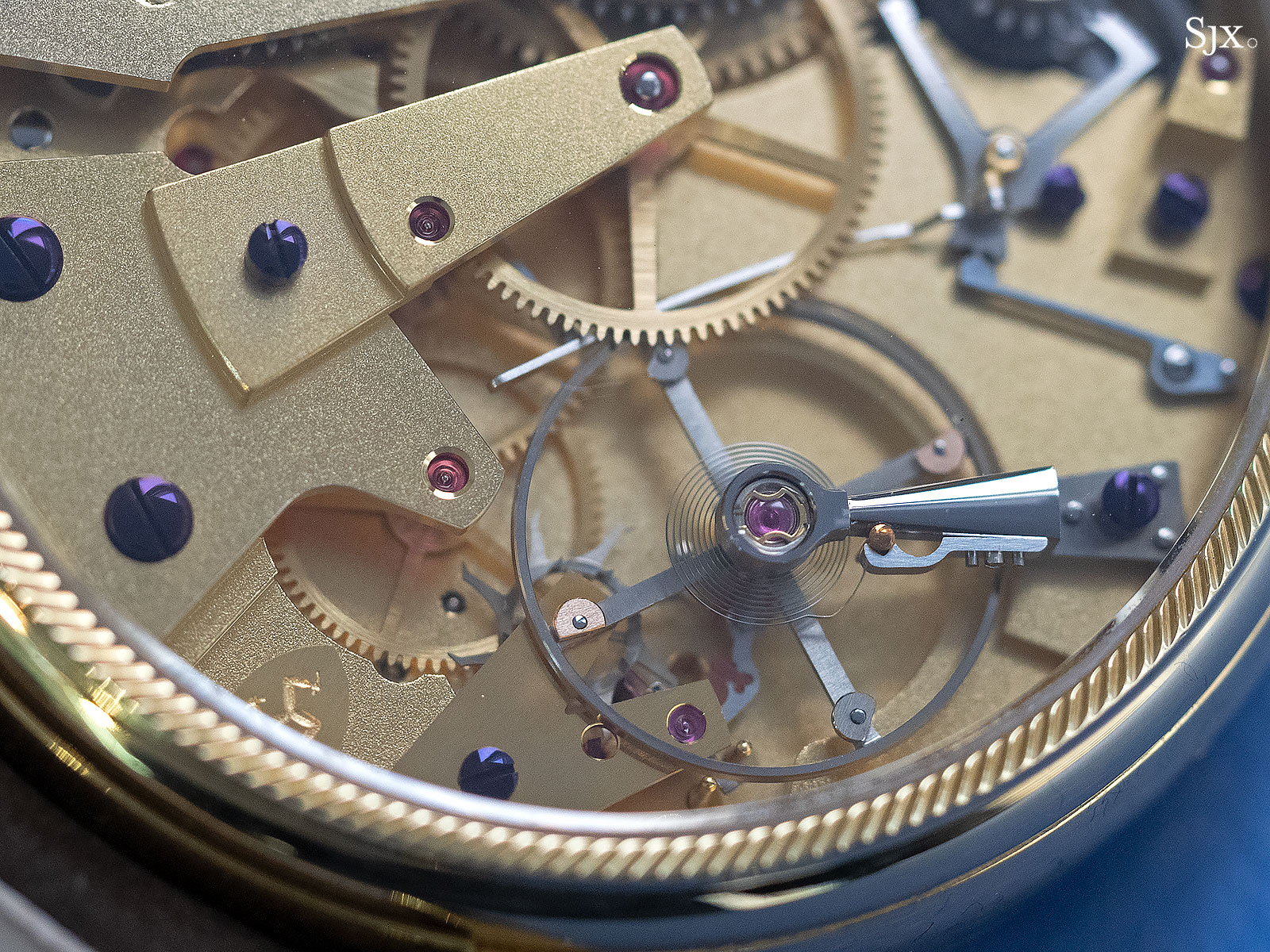
All brass and steel, the Daniels co-axial
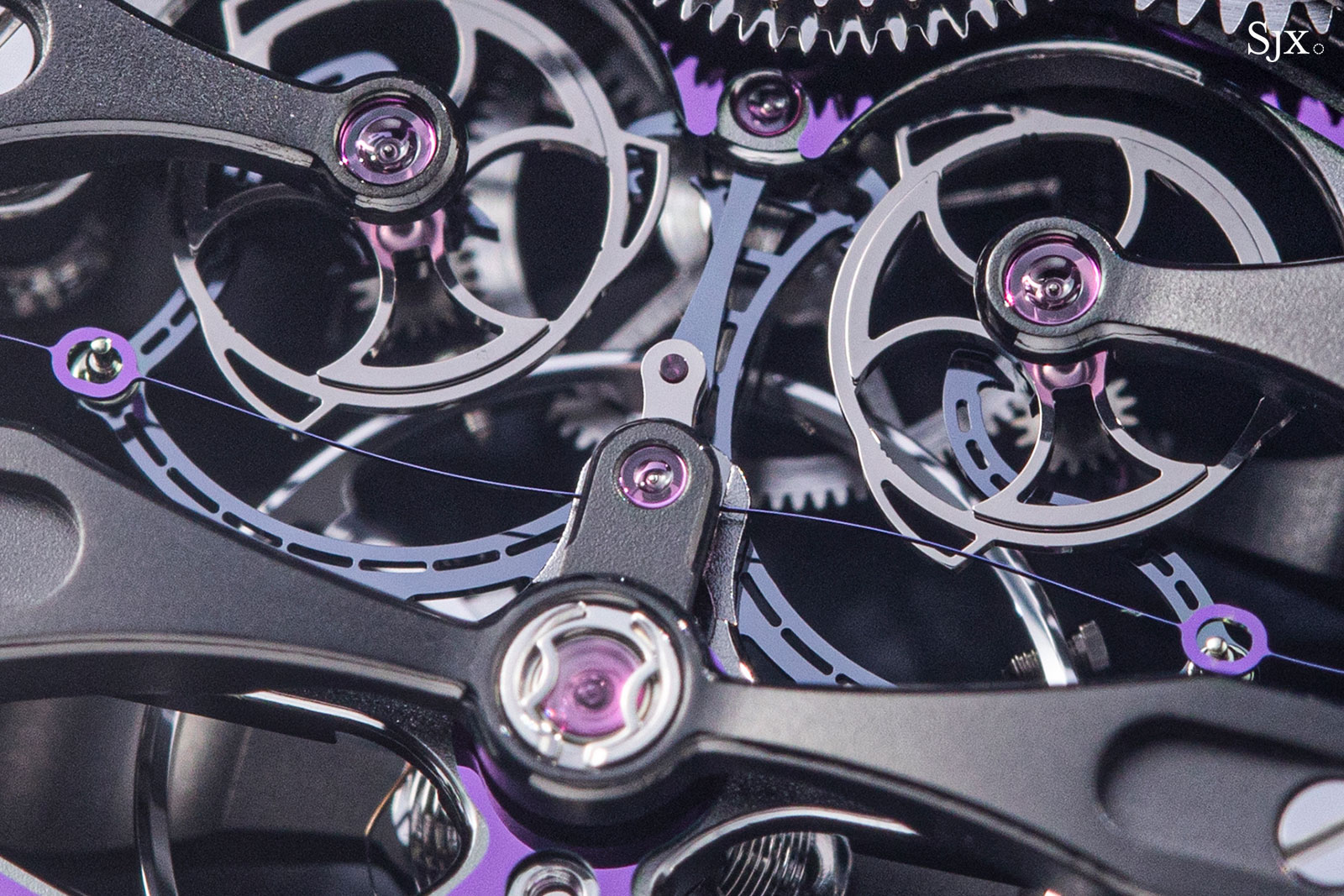
The Girard-Perregaux NCE where silicon is all important
Another important story of the year revealed something few ever get to see, the inside of the Patek Philippe Sky Moon Tourbillon refs. 5002 and 6002, both of which are powered by the R TO 27 QR SID LU CL.
The owner of the Sky Moon pictured is an amateur watchmaker who disassembled the calibre and graciously provided us photos of its modules, offering a unique perspective on the multi-layered, double-sided movement, from the sky chart module to the chiming mechanism to the perpetual calendar.
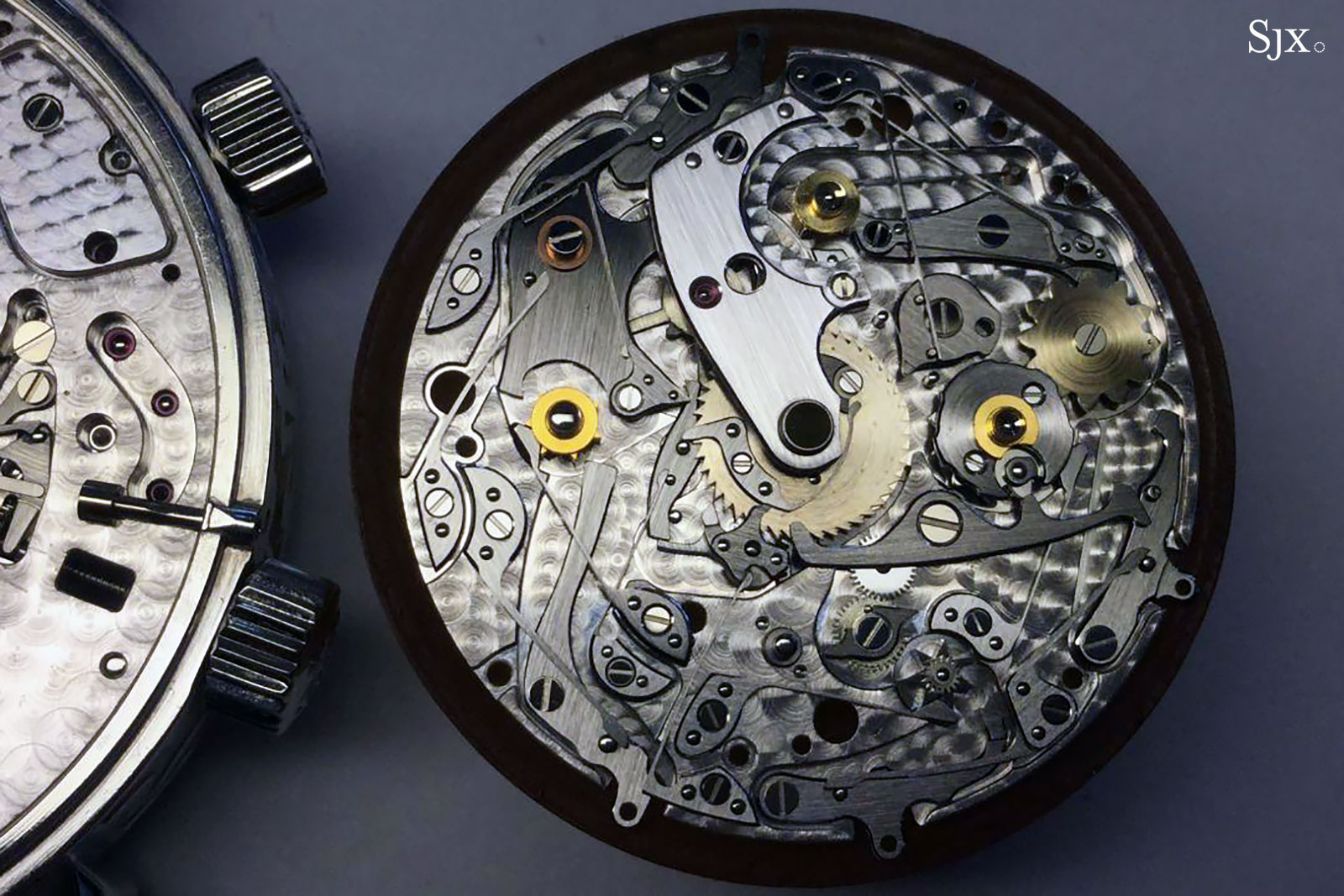
The calendar module of the R TO 27 QR SID LU CL
All about Journe
F.P. Journe is one of the popular independent watchmakers today, but he has long been recognised by as one of the most important figures in modern horology by true enthusiasts. His body of work stretches back three decades, and amongst the notable inventions are the Centigraphe of 2004 and the Chronomètre Optimum of 2012.
David explored the ingenious construction of the Centigraphe that allows it to measure elapsed times of up to 1/100th of a second, at least in theory. It involves a clever, donut-shaped movement layout that is similar to that used for the Grande Sonnerie, along with clever gearing.
Next was a detailed analysis of what is arguably F.P. Journe’s ultimate precision timekeeper, the Chronomètre Optimum. Despite its seemingly simplicity – it has just the hours, minutes, seconds, and a power reserve – the Chronomètre Optimum is equipped with a remarkably complicated movement that combines concepts new and old, embodying Mr Journe’s vision of true chronometer.
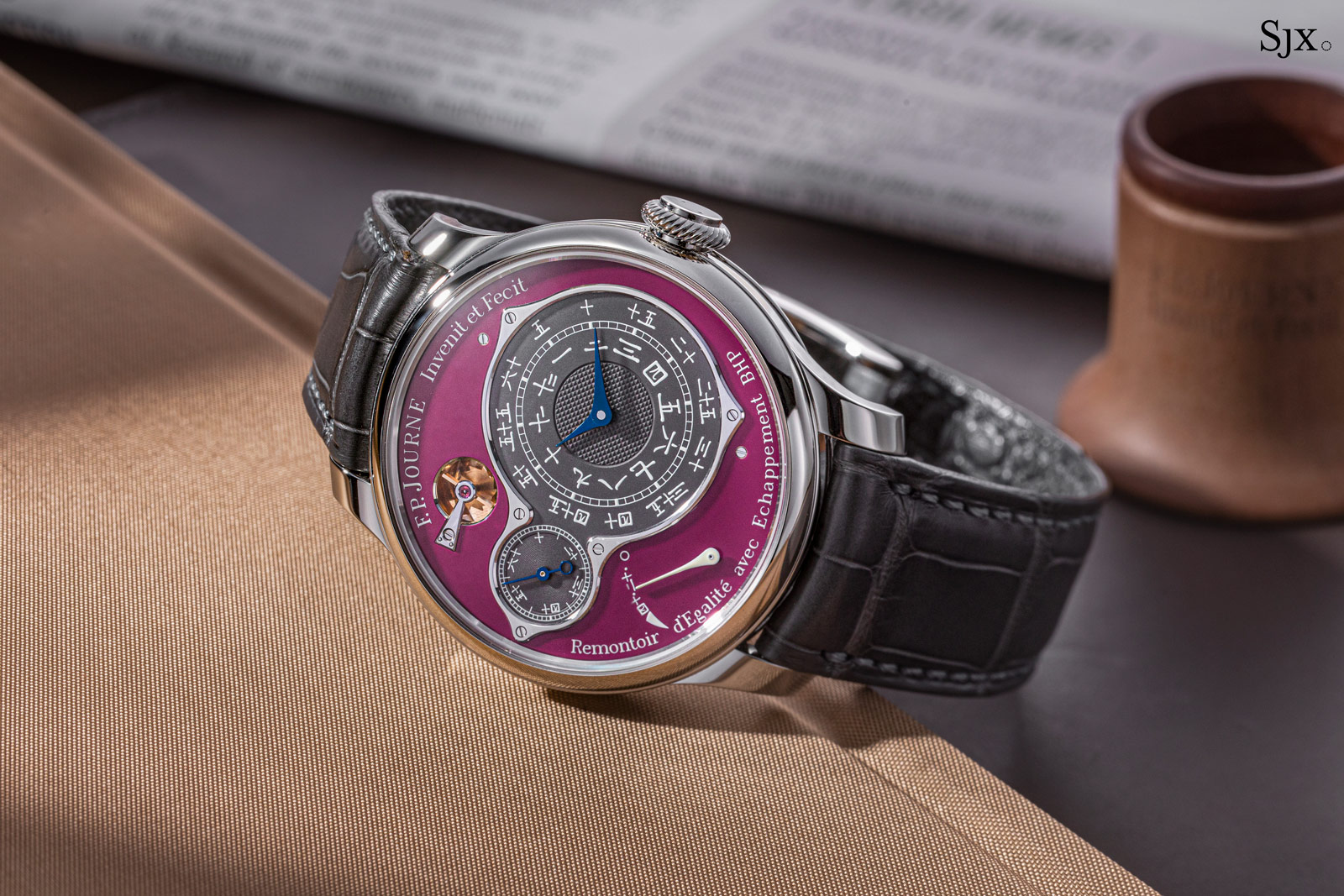
A unique version of the Chronomètre Optimum
And no discussion on F.P. Journe would be complete without Brandon Moore’s visit to F.P. Journe’s facilities in Geneva, where he explored the importance of in-house production. In this behind-the-scenes look at both the manufacture as well as the dial and case factory, Brandon documented into the processes required to be truly in-house and all the advantages it confers.
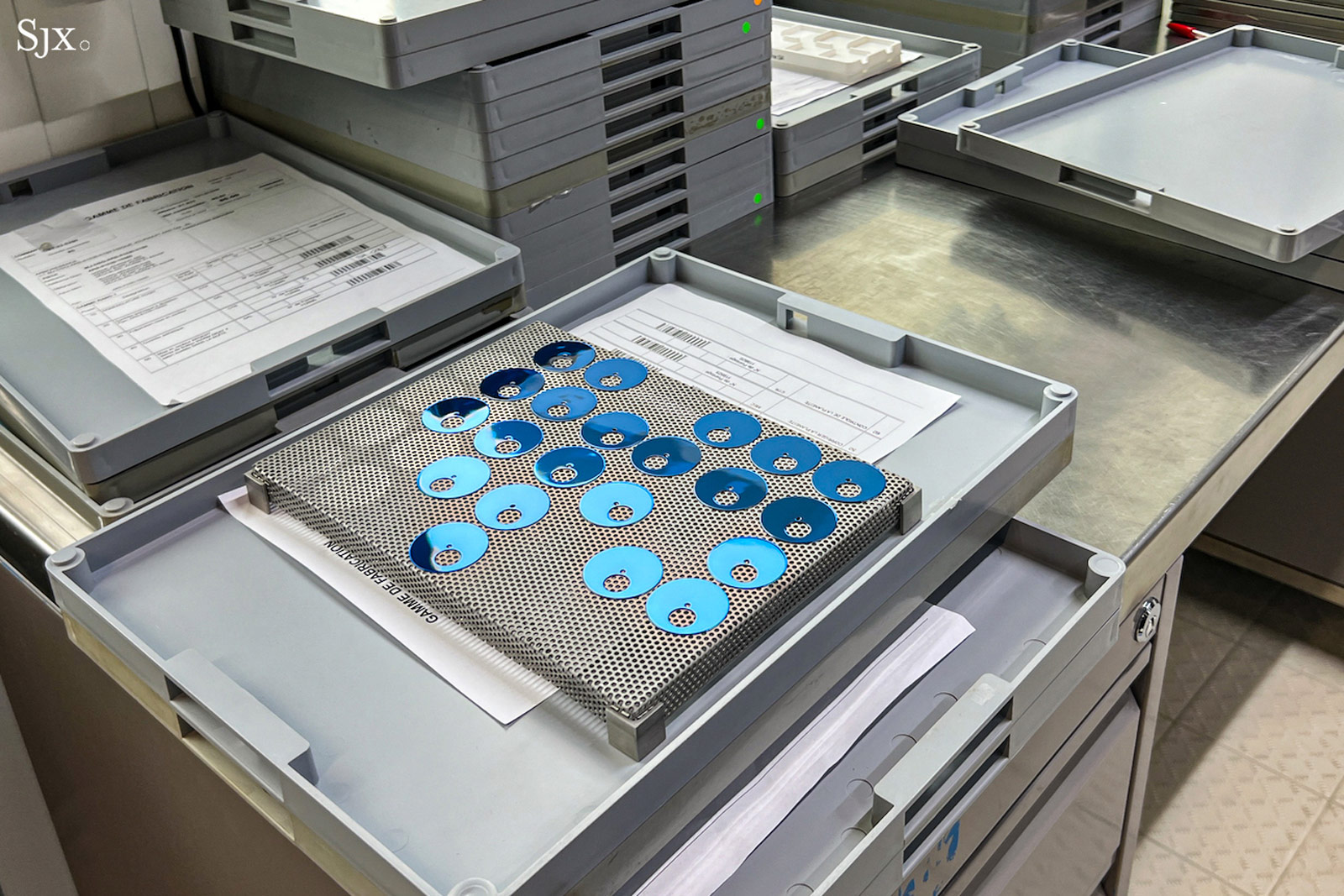
The production of Chronometre Bleu dials at Les Cadraniers de Genève
Watchmaking today
A pair of the year’s most popular articles illustrate two opposite ends of watchmaking – the vertically-integrated industrial quality of Tudor and artisanal engine turning in Seattle.
Earlier this year, Tudor inaugurated its massive new production facility in Le Locle, which is home to both the brand’s own manufacture and that of its subsidiary, movement maker Kenissi. The new factory continues the philosophy established at its prior Geneva facility, which was located inside Rolex, but boasts the latest equipment and processes, including a robot on wheels to deliver watches.
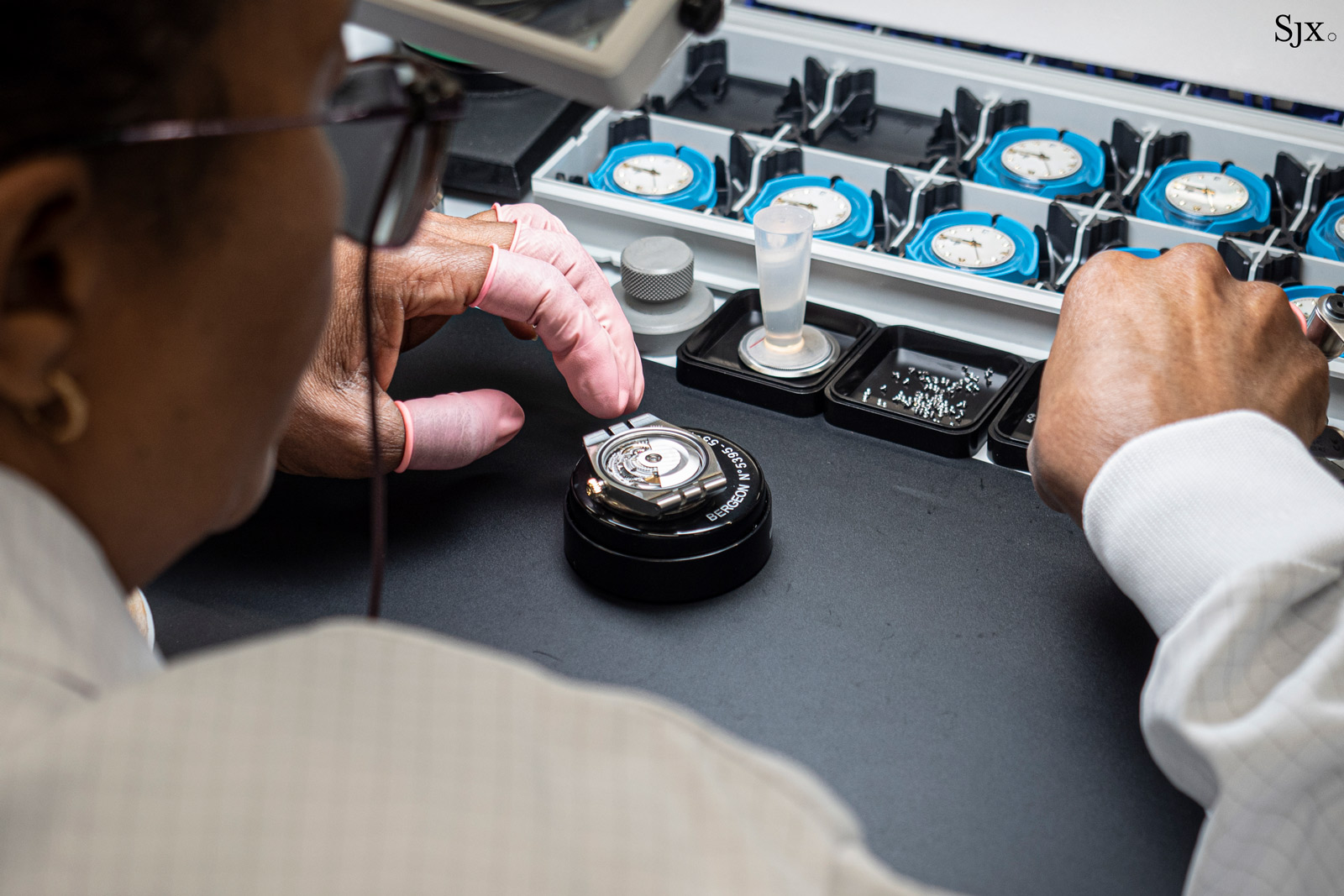
Assembly at Tudor in Le Locle
On the more artisanal side of things, Brandon got an up-close experience with the art of guilloche. He undertook a class on the decorative craft taught by antiquarian horologist Brittany Nicole “Nico” Cox at her workshop in Seattle. He captured the class in a photoessay that reveals the nuances of this traditional technique that relies on rose and straight-line engines, realising the formidable challenge of achieving perfection in engine turning.
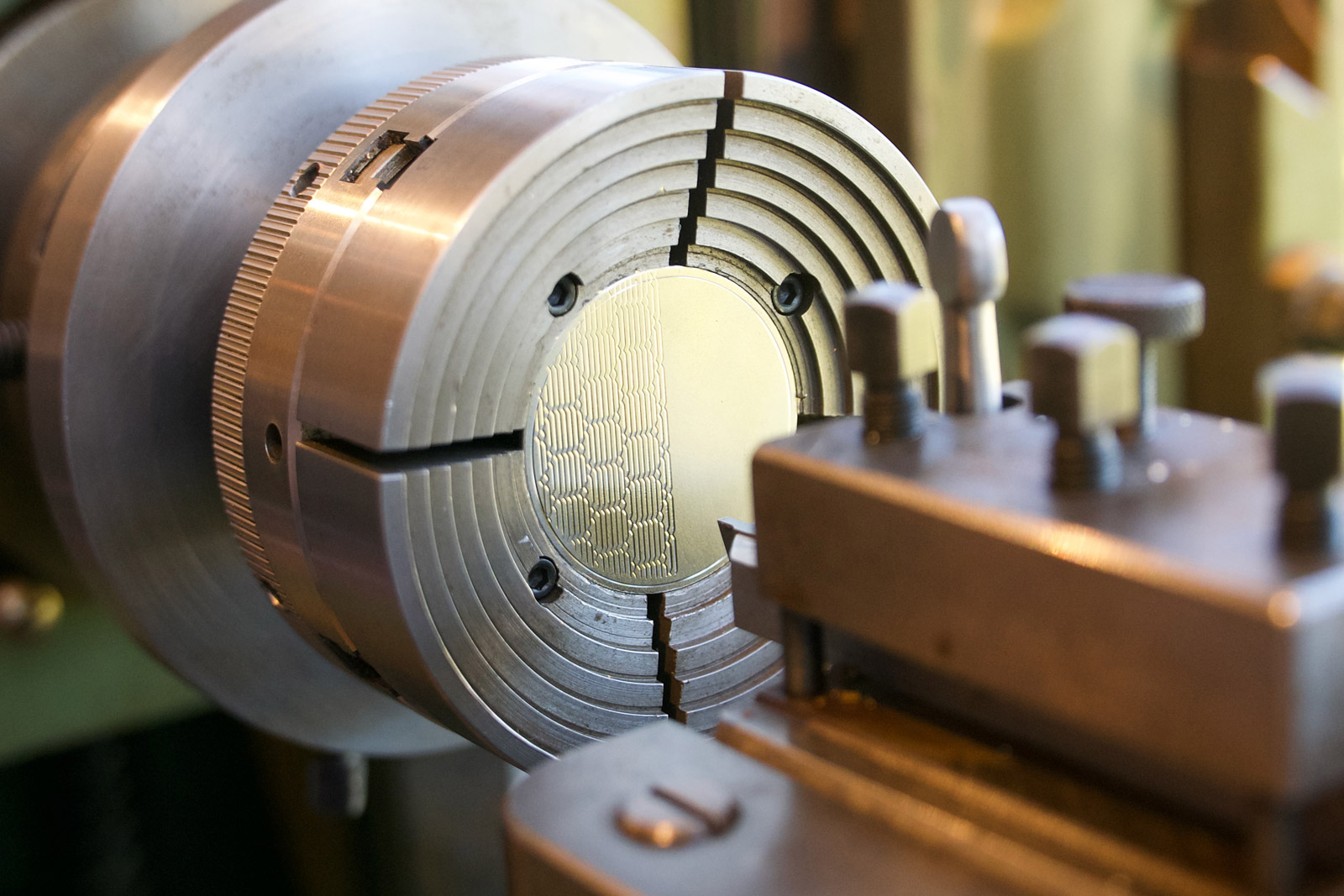
Brandon’s attempt at honeycomb guilloche
Enlightening conversations
Our review of the year would be incomplete without including the enlightening discussions we’ve had with key players in the business, starting with our founder’s interview of Cartier chief executive Cyrille Vigneron. Described by our founder as a “philosopher king”, Mr Vigneron offered a cerebral and meditative perspective on a variety of topics, ranging from beauty to ethics in business, revealing the reflective side of one of the industry’s most successful businesspeople.
Another significant conversation of year was with Rexhep Rexhepi, a fast-rising star in the realm of independent watchmaking. Despite his near-term success, Mr Rexhep showed himself to be keenly aware of the pitfalls of the business while also showing a focus on the long term.
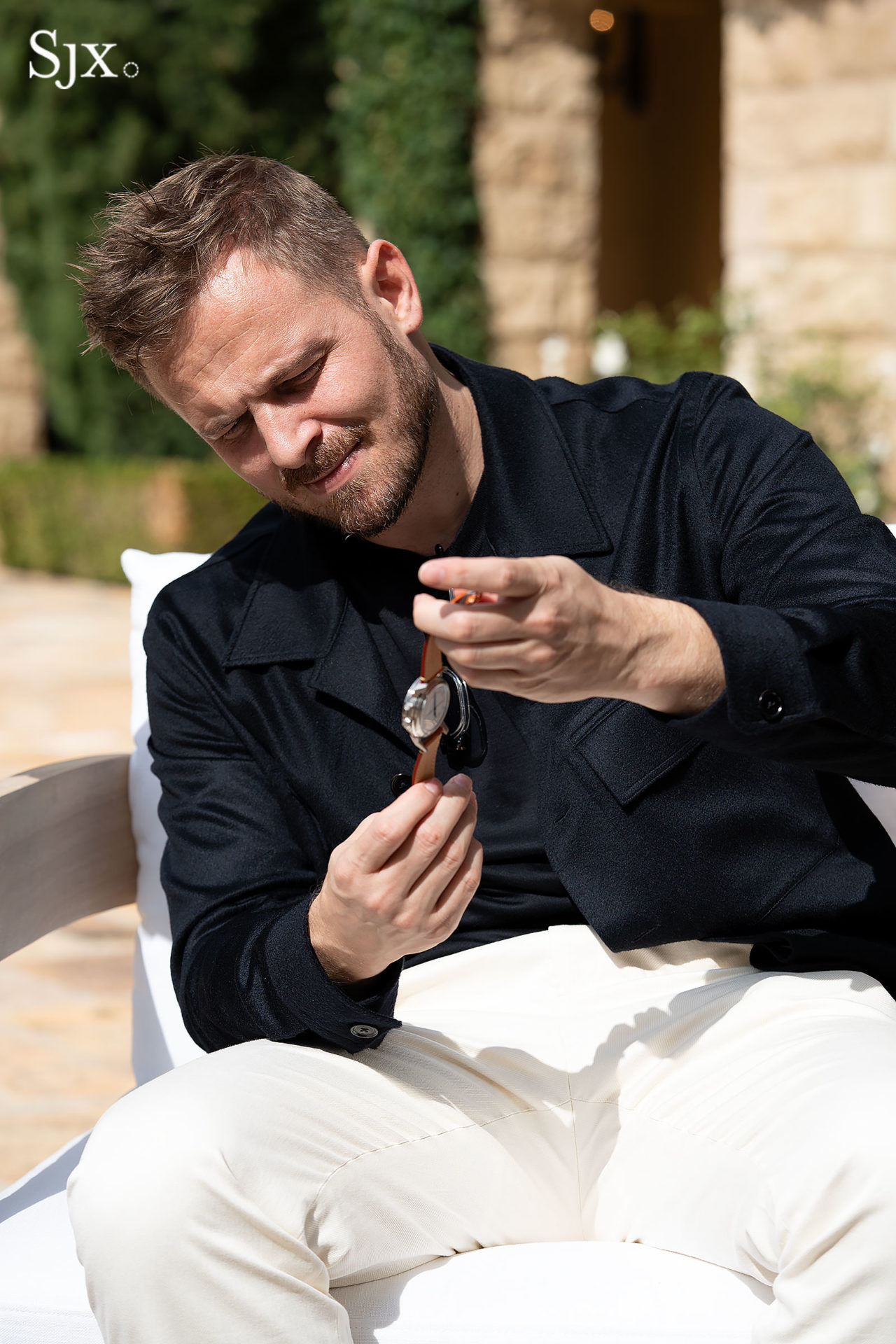
Rexhep Rexhepi showcasing his recent collaboration with Louis Vuitton, the LVRR-01 Chronographe à Sonnerie
Beyond brands and watchmakers, we also spoke with important individuals in the wider industry. One of the most notable was a key person behind arguably the most important event outside Switzerland, Dubai Watch Week (DWW). Our interview with DWW’s Director General Hind Seddiqi looked into the event’s future, most notably its emphasis on independent watchmaking as well as the expansion of horological education in the Middle East.
And finally, another highlight from DWW was the inaugural episode of the SJX Podcast. Our founder spoke with a pair of Dubai-based collectors: Syed Hamed Hossein and Adel Al Rahmani. Despite having diametrically opposed tastes in watches – Audemars Piguet versus highly technical independents – the pair had a warm and lively discussion about tastes, collecting, waitlists and allocations, and even safety considerations when travelling to Europe.
Back to top.

